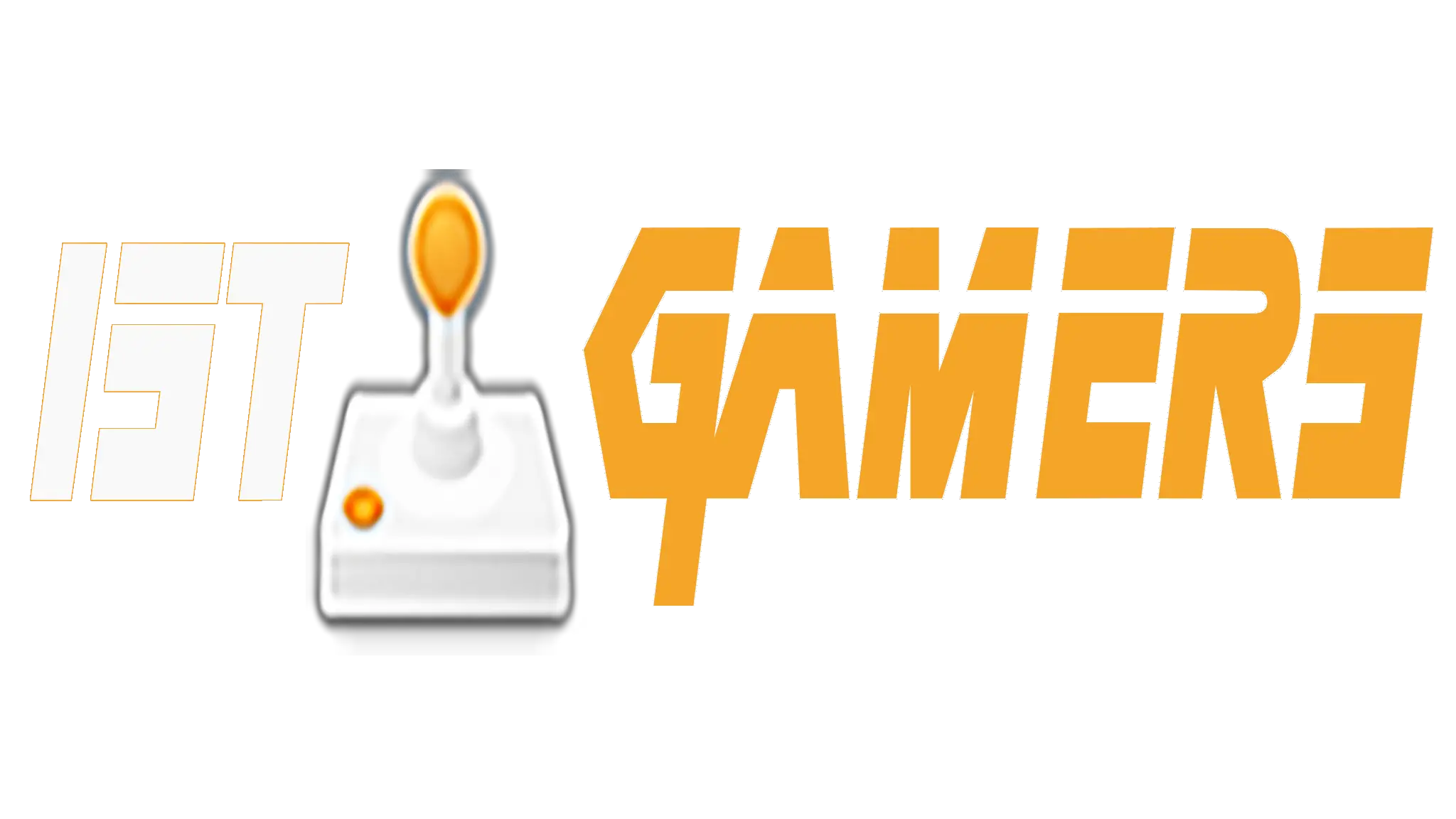Despite being an avid gamer, traditional fighting games like Mortal Kombat, Street Fighter, and Tekken have eluded me. I’ve always had what the kids call a skill issue, due to clumsy thumbs and an inability to memorize complex combo strings. This pushed me away from the genre until Street Fighter 6 arrived, a fighting game that offers a simplified control scheme featuring auto-combos, frame-1 supers, and single-button-press Hadoukens. I plateaued early, unable to elevate above the Silver rank in online multiplayer, but that was better than past endeavors.
I was finally starting to wrap my head around the genre, opening the fighting game knowledge door just a crack. However, I didn’t want to just open that door; I wanted to destroy it. I needed two things to help break it down: A weapon and a challenge. The weapon? The Razer Kitsune, a leverless, all-button controller specifically designed for fighting games. The challenge? I gave myself 30 days to gain fighting game proficiency so I wouldn’t embarrass myself at local tournaments.
Once my Razer Kitsune arrived, I began training. However, I quickly realized that switching from gamepad to leverless would be a bigger challenge than I thought. With a hard deadline and $300 in the hole, I locked in and started the journey.
(Credit: Robert Anderson)
But First…What Is a Leverless Controller?
A lever refers to the joystick mechanism in arcade cabinets and fight sticks. A leverless controller ditches the stick in favor of buttons representing movement inputs. Other names for this controller type include “all-button controller” or “button box.”
Leverless controllers make tapping out fireballs and dragon punches easy by assigning movement inputs to buttons. Another bonus is their ability to handle multiple simultaneous inputs, leading to shortcuts. Even though the controllers are tournament-legal for esports purposes, they remain controversial in some corners of the fighting game community (FGC).
Many companies make leverless controllers. Hit Box, the granddaddy of them all, is a major player with multiple variations. Junkfood Arcades sells the popular Snackbox, a smaller, more low-profile leverless controller. Razer is one of the newer companies to enter the category, bringing its years of gaming hardware experience to the fold. I chose the Kitsune over the competition for two reasons: One, it has native PlayStation 5 support, whereas many of these leverless controllers need adapters to work with the console. Two, it is one of the sleekest pieces of consumer technology I’ve ever seen.
The general consensus is that leverless controllers won’t make you a fighting game god, but they will clean up your execution by eliminating potentially sloppy motion inputs. That’s the type of help I needed.
(Credit: Robert Anderson)
Razer Kitsune First Impressions
My first impressions of the Razer Kitsune were extremely positive. The controller was so light and thin that it rested perfectly on my lap. It felt good to the touch, too. Razer leverages low-profile optical key switches for low-latency inputs, making the buttons extremely responsive, albeit squishy (though it’s easy to swap out the caps and switches for a “clickier” button response).
The direction buttons sit to the left, the face/attack buttons sit to the right, and a larger jump button lies between them, though just a bit south. It worked well when I started kicking its tires in Street Fighter 6’s training mode. Jumping and hitting a direction was initially awkward, but I quickly adjusted. Still, my fingers sometimes got lost on the attack buttons, leading to erroneous inputs.
I realized a hard truth: All my previous fighting game knowledge was almost null and void. I was starting from square one. I figured the best course of action would be to continue training with Capcom’s popular fighting game.
(Credit: Capcom/PCMag)
Week One: Street Fighter 6
Starting with Street Fighter seemed like a good way to build Kitsune muscle memory. After all, it was the fighting game I spent the most time with this console generation. With that same logic, I continued playing as Ken, my usual main character.
Street Fighter 6’s character guide offers a solid overview of a fighter’s move set. The first action they teach you for Ken is, of course, the Hadouken (aka, the fireball). To my dismay, I understood the quarter-circle motion even less with the Kitsune. At least with a joystick, I could visualize a circle and what a quarter of it looked like. Thankfully, the creators of the Hit Box have a useful, in-depth YouTube channel, How to Hit Box. Their video on how to do a Hadouken was an essential learning tool.
After a few tries, I did it! And I did it again, and again, and again. The timing was admittedly tricky. I didn’t need to press three buttons simultaneously; it was more of a roll. Release the down button while hitting right, and then press punch. Overall, unleashing a fireball with the Kitsune was easier than with a gamepad or fight stick since there’s less margin for error. I was excited! Inspired, I eventually learned each of Ken’s special moves and learned valuable execution lessons in the combo trials. At this point, I figured I was ready to jump back into human versus human online battles. It was a bloodbath. My blood.
The minute the match started, I forgot everything I had learned. It was discouraging, to the point that I wanted to give up and turn this article into a piece about utter failure. It took me a while to learn from these defeats and improve my Kitsune execution. Street Fighter 6 was the game I kept returning to during this challenge, but I needed a break. I put a pin in Street Fighter 6 and moved to Tekken 8.
(Credit: Bandai Namco/PCMag)
Week Two: Tekken 8
The last Tekken game I played was the third installment on the original PlayStation, so I jumped into Tekken 8’s training mode to discover what’s new. It wasn’t as elaborate or detailed as Street Fighter 6’s many tutorials, but it offered Suggested Combo during matches, an excellent feature that helped me quickly memorize attack strings.
So, how did the Razer Kitsune help a Tekken 8 newbie? The controller is better suited for this game than Street Fighter 6. Let me explain.
Capcom’s fighter has six attack buttons, with light, medium, and heavy punches and kicks mapped to the Kitsune’s face buttons. At the end of each face button column are the Drive Impact and Drive Parry moves. I have small hands, so I made big stretches to the right to tap those buttons. I lost my finger placement when returning to the other inputs. Tekken has two fewer attack inputs, meaning my hands didn’t travel as often for far-reaching buttons.
In addition, footsies, the metagame in all fighting games where opponents weave in and out of attack distance, are extremely important in Tekken 8. This is where the Kitsune shines bright, making it a cinch to dash, run, and move toward opponents. Likewise, strafing left and right is as easy as on a directional pad, except double-tapping up side steps left, while double-tapping down side steps right. It sounds weird, but it makes perfect sense while playing. Movement is critical in Tekken 8, so having these inputs as big buttons instead of small ones squished together on a standard gamepad is extremely helpful.
Recommended by Our Editors
I lost my first online match, but won my second. The Kitsune’s learning curve shrank, and my Tekken muscle memory formed faster than it did for Street Fighter. The mysterious language of fighting games started to make sense, and the Kitsune was my cipher.
(Credit: Capcom/PCMag)
Marvel vs. Capcom 2 (part of the Marvel vs. Capcom Fighting Collection: Arcade Classics) is very different from other fighting games, with its monster 56-character roster that you use to form a team of three combatants. MVC2 is overwhelming, unbelievably chaotic, and hard to wrap my head around.
However, it grew on me. Playing a classic arcade cabinet game with an arcade button layout simply feels good. The Kitsune’s lightning-fast inputs easily match the game’s lightning-fast speed. I could even pull off advanced tech like crouch-dash-canceling within my first hour of playing the game with help from online tutorials. However, one move is so important to MVC2 that I think it’s best suited for a gamepad or an arcade stick, not a leverless.
The super jump is a tool every character has in their arsenal, and it’s essential for big combos. You perform it by pressing down and then up, which shoots your character high into the air. It’s easy on a gamepad (you simply slide your thumb down and then up on the D-pad), but more difficult on the Kitsune. That’s because up and down are two distinct buttons that you press with separate fingers. It’s hard to do quickly and then follow the move with air combos. I thought it interesting that the oldest fighting game I tackled had the most compelling con for going leverless.
With one week remaining in my journey, it was time to return to where it all started.
Week Four: Back to Street Fighter 6
I returned to Street Fighter 6 with more knowledge and experience, and executed moves with greater ease thanks to the Kitsune. I haven’t ranked up from Silver as of this writing, but my win rate has increased.
The match that best represented my skill level-up was versus Zangief, a grappler character whose goal is to get in close, grab, and do massive damage. At the beginning of the match, I couldn’t land a hit, but he landed several on me. I was one hit away from death when he went for a poke. Big mistake. I perfectly parried his attack and initiated a counterattack that led to an offensive explosion that gave me the win. I didn’t take every game, but I played smarter. As a result, I had more fun than I did at the beginning of the journey.
I Went Leverless—And You Should, Too
The challenge of learning a new type of controller was the push I needed to make me more confident in playing Street Fighter and fighting games as a whole. In fact, leverless controllers are my new fighting game preference. That said, no piece of hardware will automatically make you better. I watched many YouTube videos from FGC stalwarts during my monthlong experiment, which was definitely a factor in my improvement. After all, the best part of playing fighting games is our fellow players, who challenge us and make us aspire to greater heights. So while going leverless didn’t turn me into a fighting game god, I’m now ready to throw my Razer Kitsune in my backpack and enter my first local tournament.
Get Our Best Stories!
This newsletter may contain advertising, deals, or affiliate links.
By clicking the button, you confirm you are 16+ and agree to our
Terms of Use and
Privacy Policy.
You may unsubscribe from the newsletters at any time.
About Robert Anderson







_(2)-218x150.png)





































